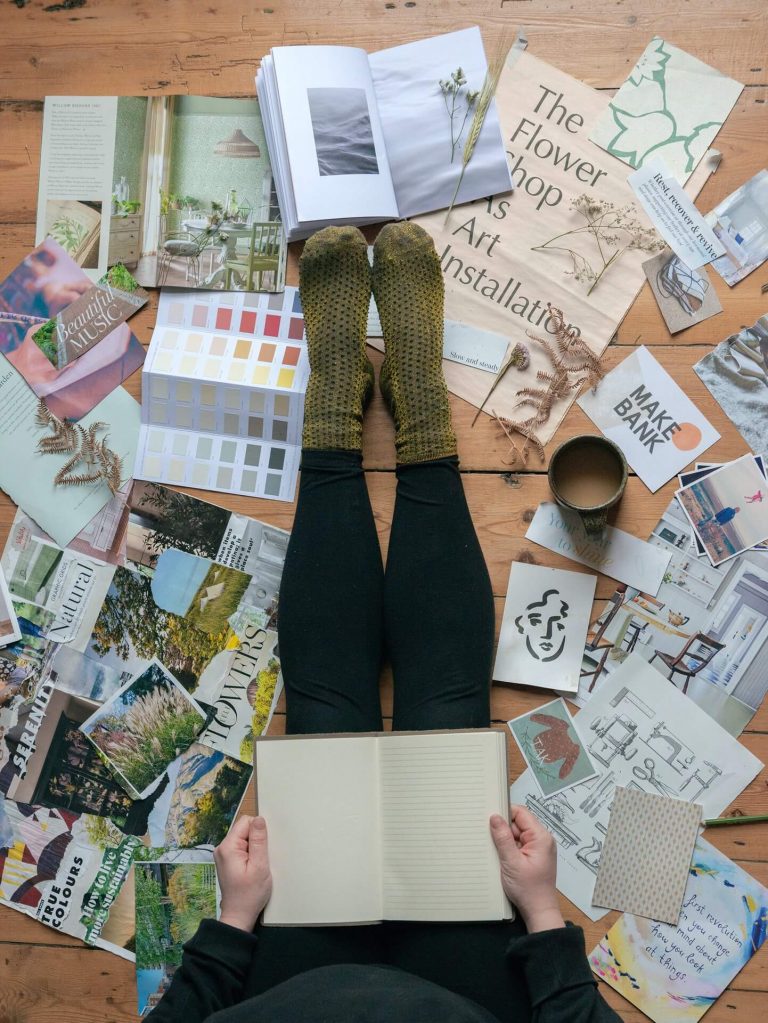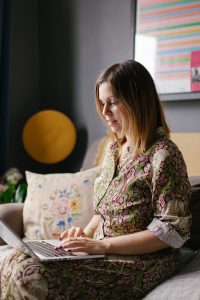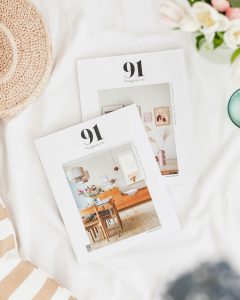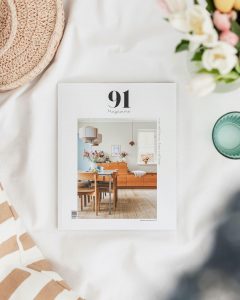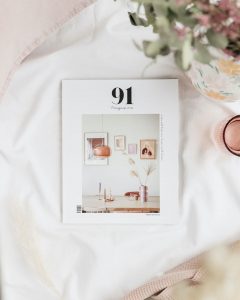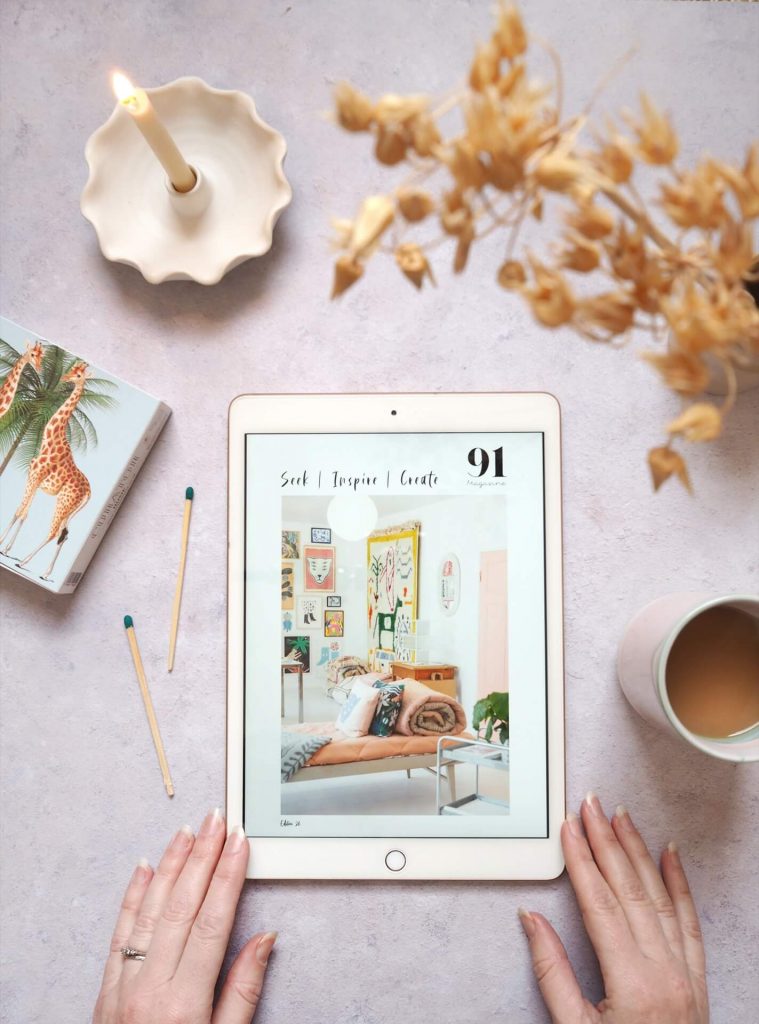Living through a global pandemic has certainly taught us how incredibly important our home environments are. They are a sanctuary when the world outside is scary, bringing us comfort and respite and our spaces truly have an impact on our mental health and well-being. This is why it is so important to approach the design of your home mindfully.
Joanna Thornhill, author of The New Mindful Home, recently hosted a 90 minute Creative Session for us, covering this topic, delving into what we can do to create a home that is kind to us as well as the planet. This online workshop is still available as a replay, but if you would like a little taster of what Joanna discusses in the session, here are her top five tips for creating a mindful home…
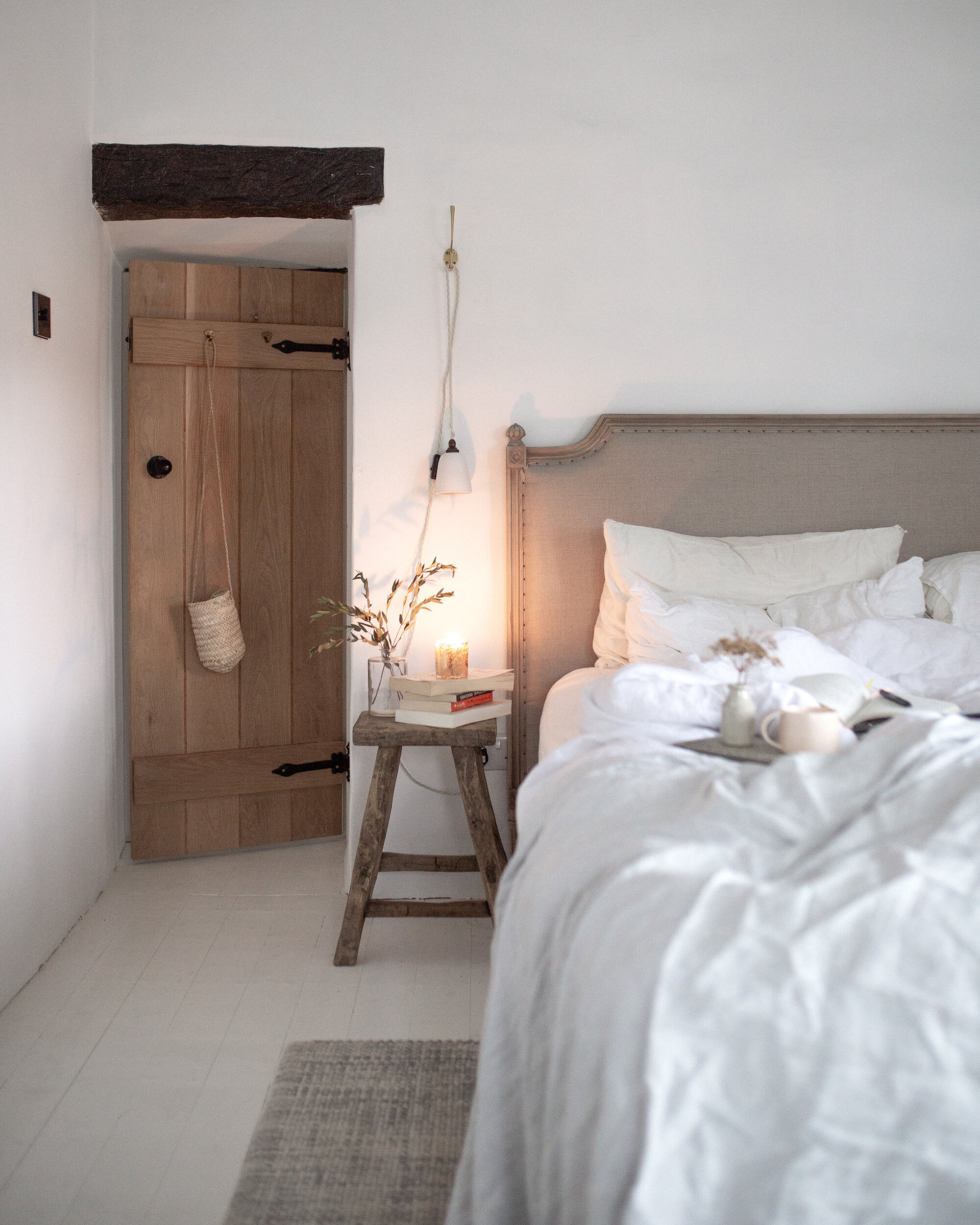
TIP 1: Consider how you want to feel within the space
While we might often say we want to feel calm and relaxed at home, it is worth thinking more deeply about the particular room you are decorating and how you want to feel in it. What is it that you need from that space? For example, if it is a workspace you are creating, you may want it to feel invigorating or stimulating or you may want it to be conducive with creativity. Have this in mind before you start thinking about colour schemes and design plans.
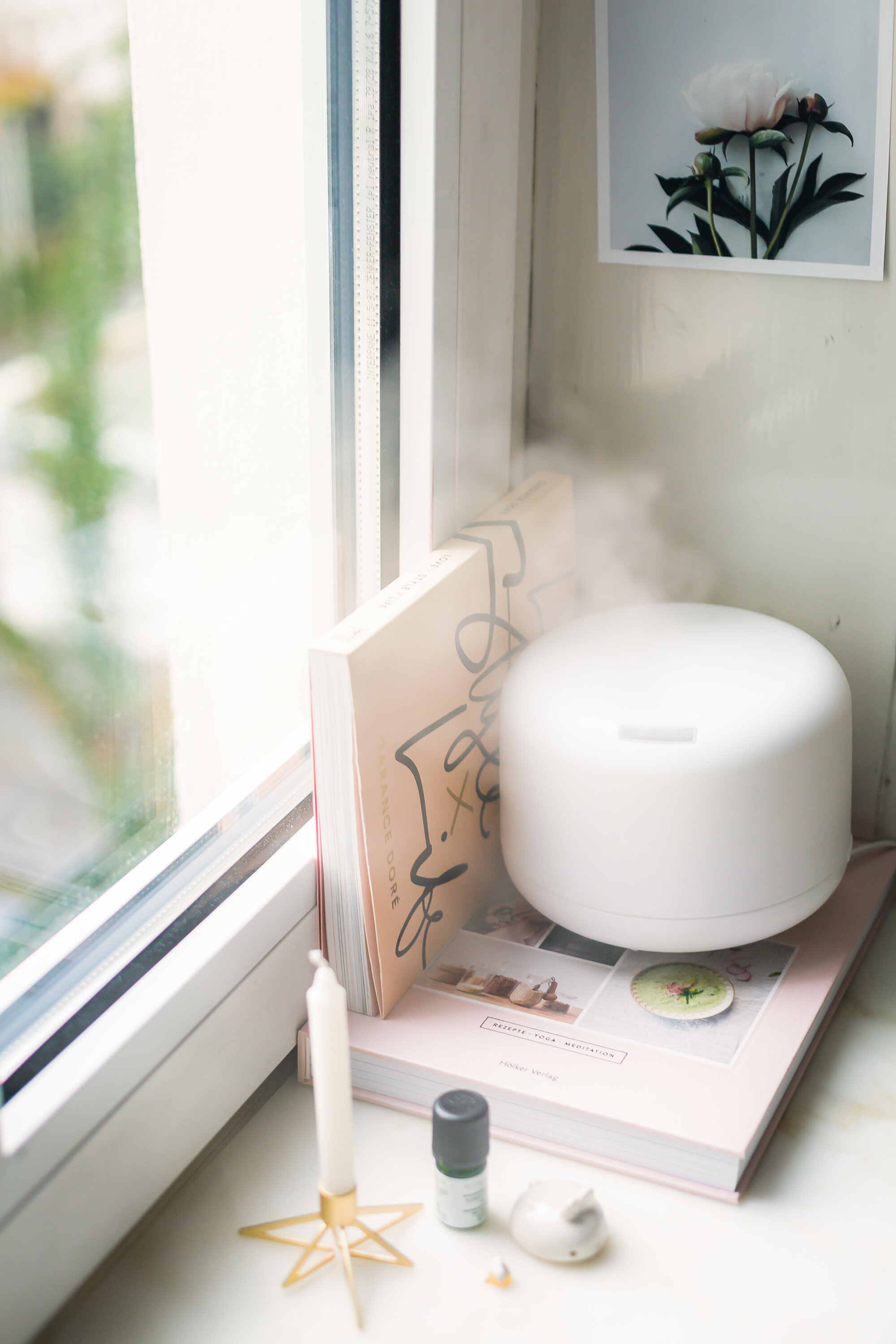
TIP 2: Decorate with all your senses
Often we prioritise sight when designing a room, but it can be really beneficial to your well-being to consider all five senses. For example, what scents can you bring into the space? Essential oils, candles and incense can all be used to evoke different moods and feelings. As for touch, consider what textiles you might use; I recommend opting for natural materials, such as linen, wool, jute and wood – these are all great for creating a more tactile, natural vibe. Using textiles can help to bring down anxiety if you are feeling stressed, so it is worth choosing materials that will make you feel great.
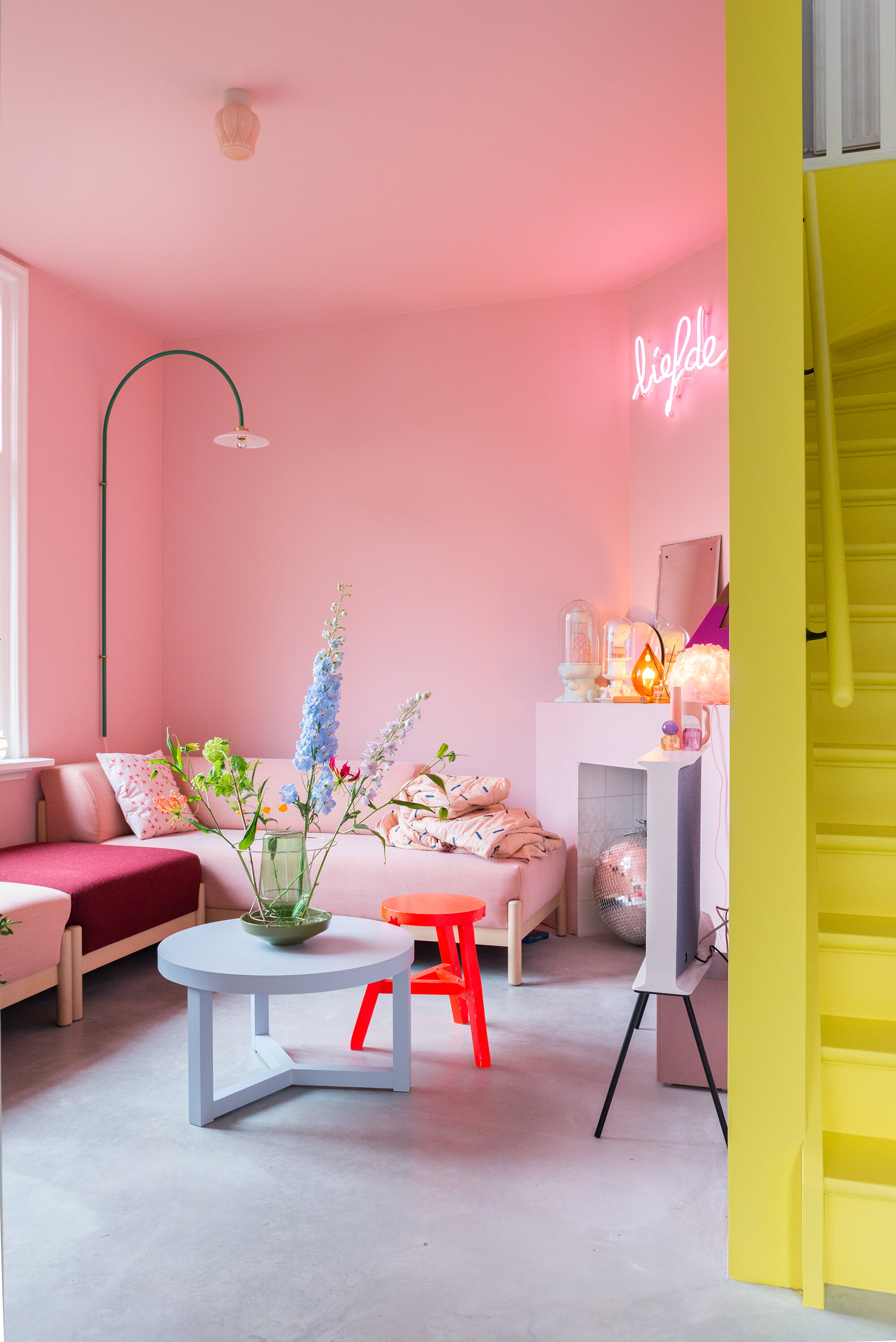
TIP 3: Plan your colour intensity
Colour is a huge topic of course, but one of my top tips is to consider the intensity of the colour you want in the space. For example, blue is known to be a calming colour, but there is a huge variation on the strength of the colour and therefore the feeling it creates. Imagine the difference between a vibrant cobalt blue compared to a very muted, almost dove grey type of blue – while they might both be considered to have calming benefits, they will feel very different when painted in a room.
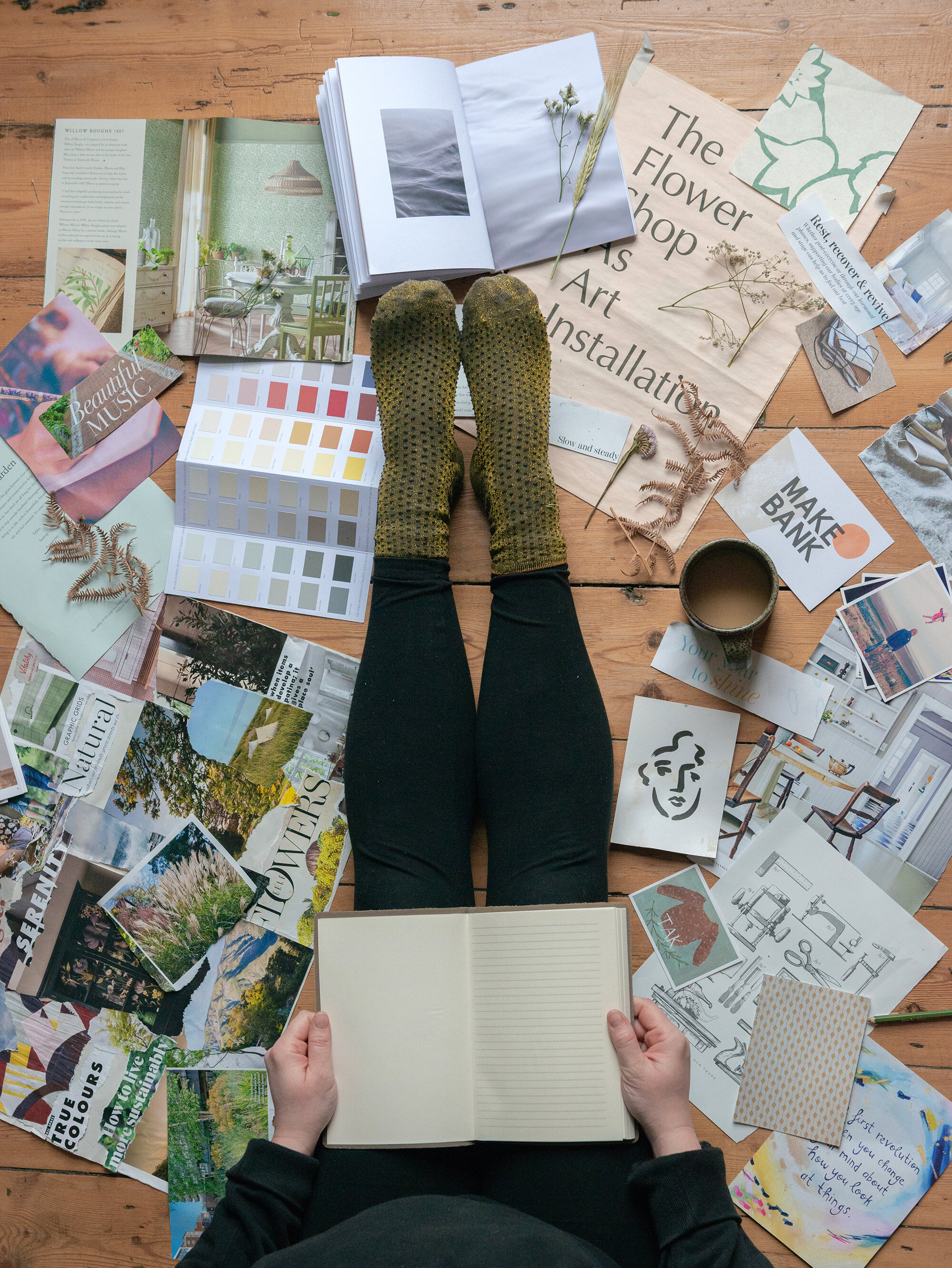
TIP 4: Create a vision board
This is another step of the pre-design part of the process. Collate images, textures and materials together to see what you are naturally drawn to. It doesn’t have to directly represent your finished design, but it will give you a sense of what makes you feel good. Explore whether you can spot any common threads and see if there are certain themes that are dominating. This can be a really useful tool to help inform you and move you forward to the stage of planning your design scheme.
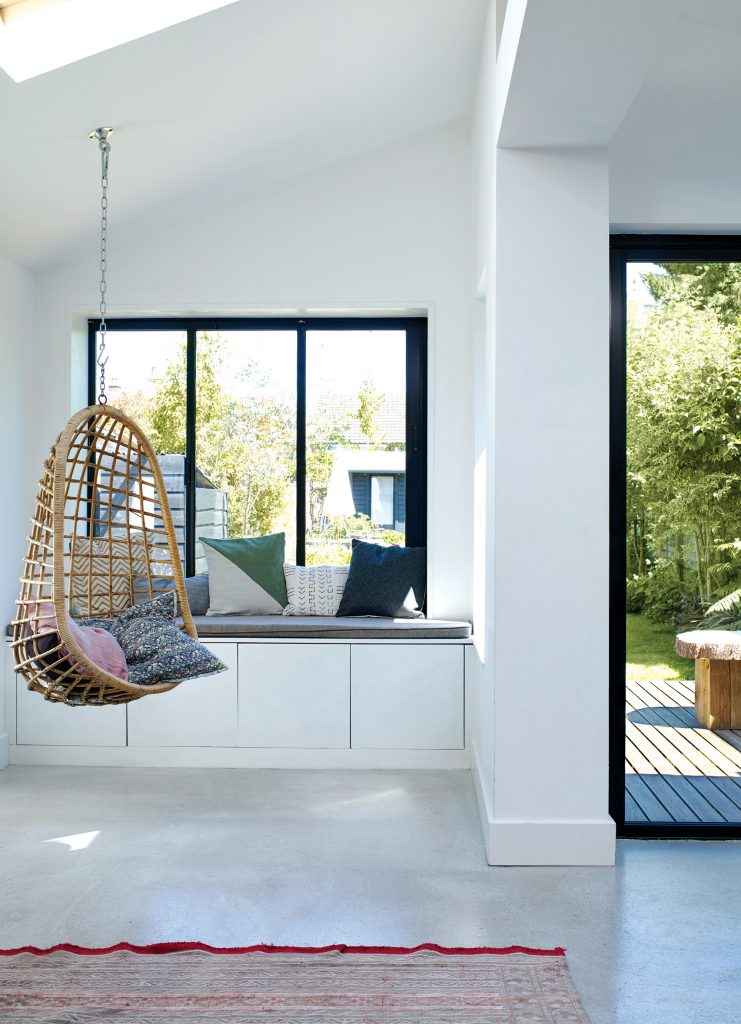
TIP 5: Shop Sustainably
In my book, I talk about how creating a mindful home is not just about being mindful of your own needs, but also being respectful and kind to our planet. Before you make any purchases, particularly big ones, just take a moment to ask yourself a few questions: Is this the best I can do? Is this something I definitely need? How and where is it made? What materials were used? Can it be recycled? Will it last? One thing to look out for when shopping is One Percent for the Planet, an organisation which brands and makers can join and pledge 1% of their gross profits to environmental, charitable causes. Being considerate about what you bring into your home can make a huge difference to the planet, so please do give serious thought to where you put your money.
If you would like to expand your knowledge on designing a mindful home that is beneficial to your well being, then why not check out Joanna’s full online workshop – DESIGNING A HOME TO SUPPORT YOUR WELLBEING. In the workshop, she goes into lots of detail about all aspects of this important topic, which has become more and more relevant for both interior designers and homeowners alike.
All images as featured in Joanna’s book, The New Mindful Home.

